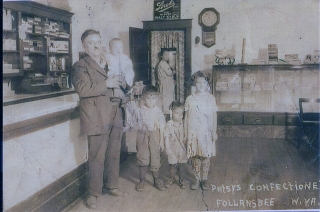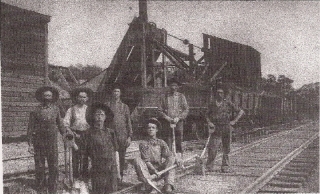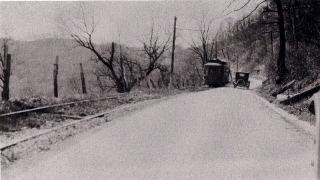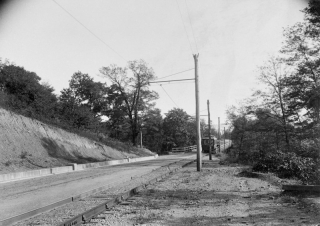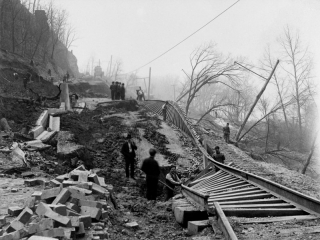In 1911, the Board of Education established a three year high school curriculum. However, as schools in other sections of the nation began establishing four year high schools, the standards in Brooke County lagged behind. There was a sense that their high school was second-class. In December 1916, the Follansbee Review reported the excitement as students learned that a four-year curriculum was coming.
Students came to school on Monday morning as usual, and upon entering the building, they sensed something was different. “Everything was in its same place, and the same old friends were trooping in with their books, but a sense of uncertainty and mystery hung in the air.” The city paper described the situation, “Mr. Young (Superintendent) walked through the hall but instead of that grave and stern look which we generally see, his face seemed wreathed in smiles. Mr. Hobbs (Principle) found it impossible to sit at his desk, but he too was walking about the room chuckling to himself. At last the bell ring and we all assembled in the study hall, and Mr. Young broke the news. He told us that we were to have a four year high school course, and there would be no gradation class this term.”
Students received the news with tremendous applause. Two school athletes, Russell Cox and Julian Brady, led in cheers demonstrating the appreciation of the entire student body.
The announcement by Superintendent of Schools A. F. Young, and School Principle George Hubbs, followed a meeting of the Cross Creek District Board of Education held at the local Citizens Band. More room was planned for the High School for the coming year. It was anticipated that no graduation class would occur in 1917 due to the additional fourth year of studies. Student excitement was expressed in their new vision of themselves as “first class.” They demonstrated their new sense of self confidence by organizing a monthly news column, “Hi News,” that first appeared in the city newspaper during the 1916 Christmas holidays.
- *Follansbee Review, “Four-Year Course for High School,” Dec. 15, 1916, p. 1.
- *Follansbee Review, “Follansbee High… Gets Four-Year Course,” Dec. 22, 1916, p. 8
